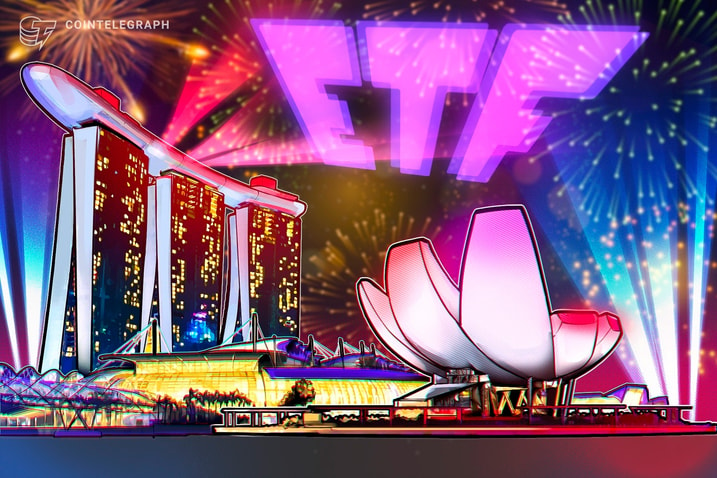Source:
ChatGPT:
The report describes investors as “ambitious but cautious,” noting that over half identify as HODLers, signalling long-term conviction in crypto’s value. Meanwhile, 20% trade actively and 22% trade occasionally. This aligns with diverging perceptions of crypto: 44% view it as an asset, while 29% see it as a speculative tool, highlighting crypto’s dual identity in the market.
Crypto adoption is driven heavily by younger investors. Over 70% of holders are aged 18 to 34, with equal representation between the 18–25 and 25–34 age groups. Only 12% of holders are above 45, reinforcing crypto’s appeal among digital-native demographics.
Education remains a challenge. Social media is the dominant source of crypto learning, cited by 62% of respondents, followed by friends, family, and online media or exchange blogs. However, volatility (68%) and knowledge gaps (57%) remain key barriers preventing wider adoption.
Despite these concerns, interest persists: 27% of non-holders plan to invest in the next year, while 33% are undecided. The report concludes that future growth in Singapore’s crypto market depends on improved education, transparency, security, and reliability. Clarifying crypto’s role—whether investment or speculation—will be essential for long-term integration into the financial landscape.





.jpeg)







